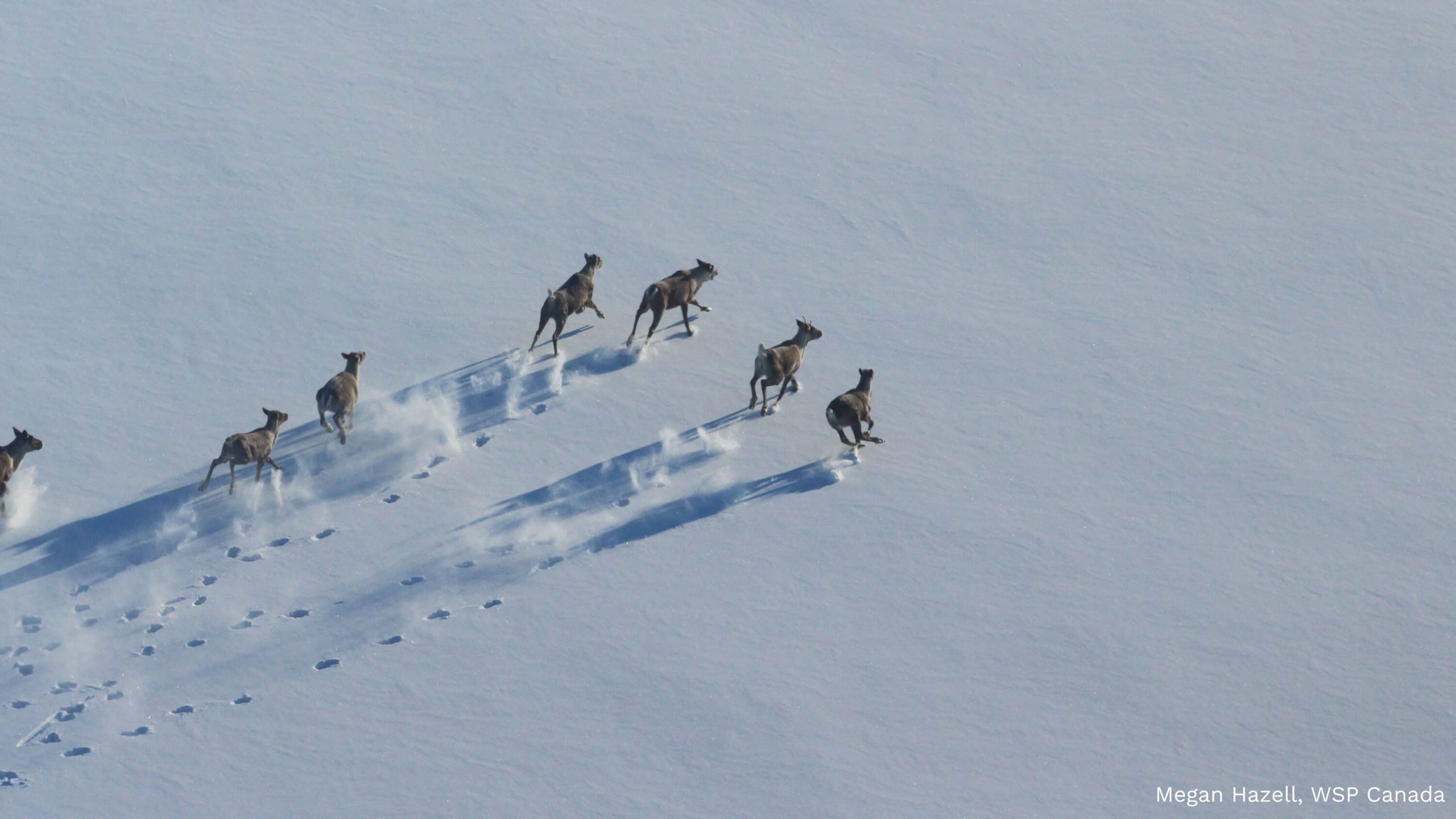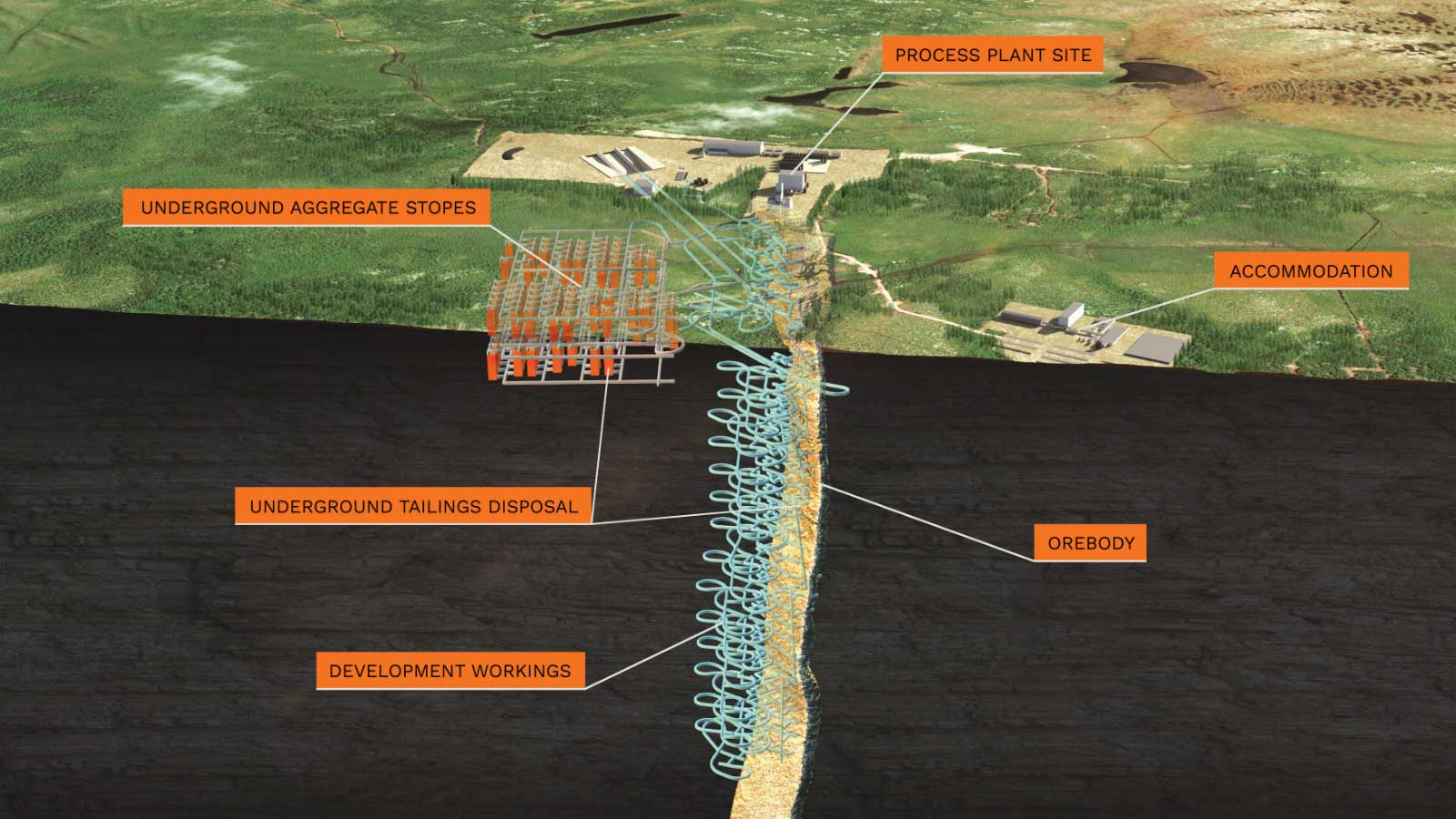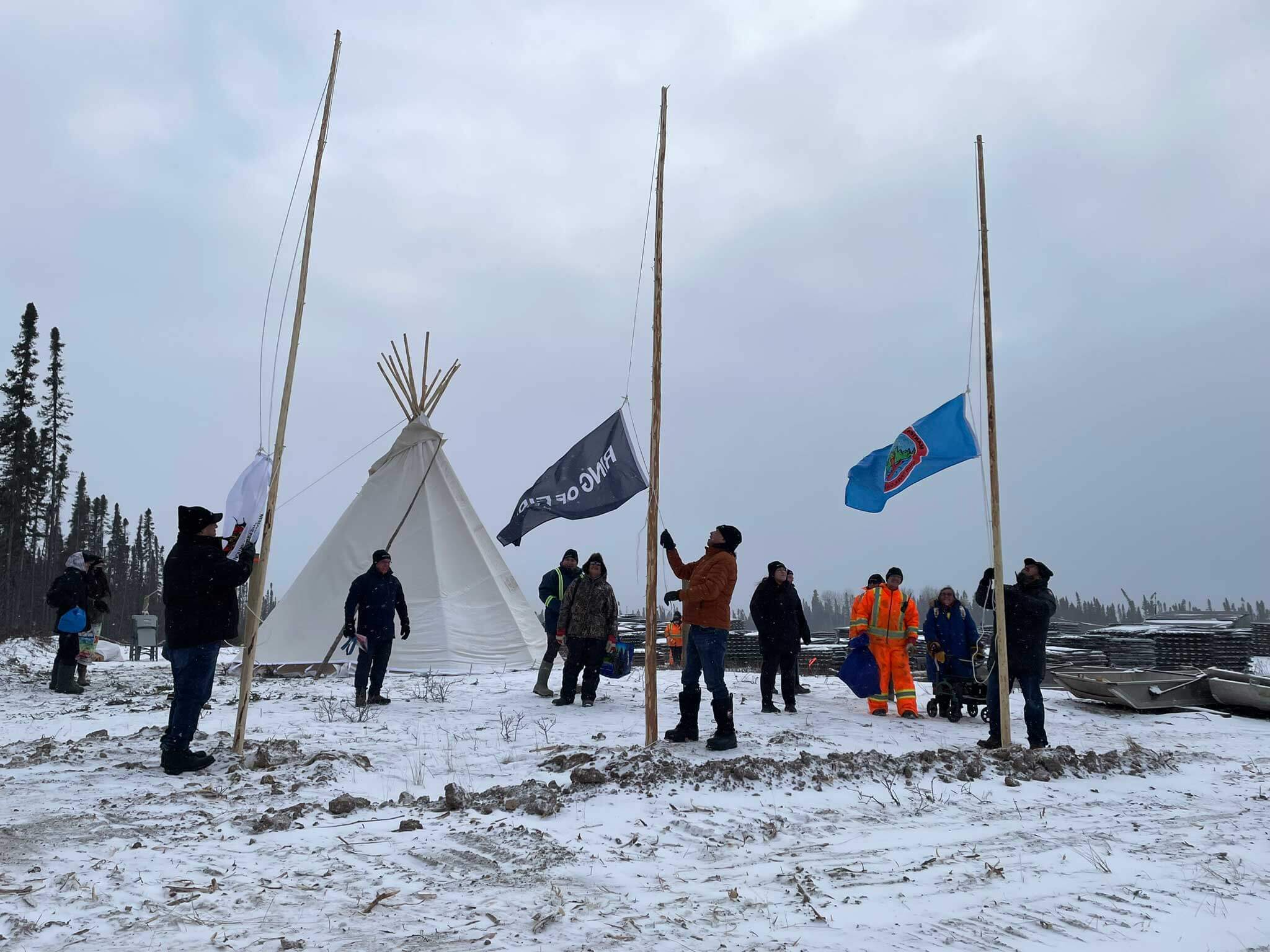Investing in the energy transition means supporting the next generation of mining professionals, which is why we regularly host student tours of our underground operations at Kambalda.
The regular tours are aimed at year 12 students studying science, technology, engineering and mathematics (STEM) subjects as well as students already at university; many from the West Australian School of Mines at Curtin University and our local communities.
The tours provide students who are committed to the mining sector or thinking about joining it with the opportunity to experience underground mining in real life and create a network of fellow students and graduates.
Participants get exposure to surveying, geotechnical work, engineering, geology, environmental sciences and safety practices at a real operating mine. As well as the real-life exposure students get on our tours, the connection with industry experts is invaluable. In 2022, one of the tours involved Kate Woodall, the granddaughter of Dr Roy Woodall after who the decline at our Cassini mine is named.






